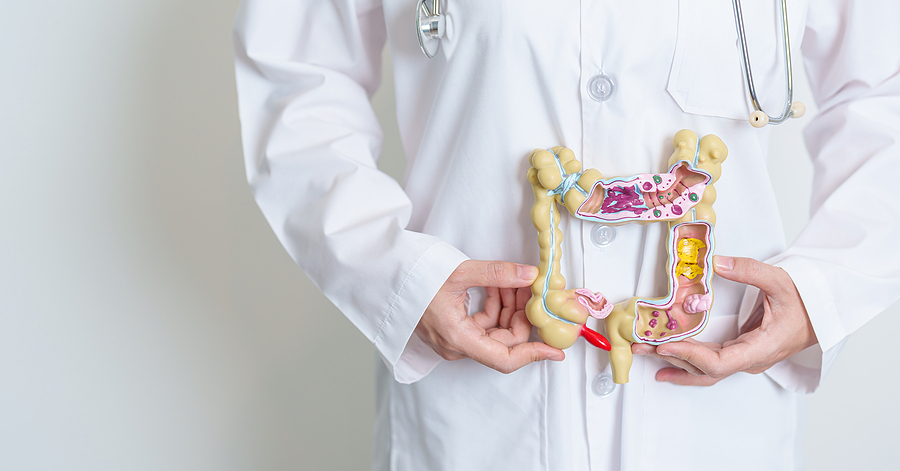Sigmoidoscopy Patient Education: Preparing Patients for a Successful Colorectal Exam

Sigmoidoscopy is a critical procedure in colorectal health, allowing surgeons to view the lower part of the colon and detect abnormalities early.
With the advent of advanced medical devices like disposable medical sigmoidoscopy kits, the procedure has become more efficient and patient-friendly.
This article aims to guide colorectal surgeons on preparing patients effectively for a sigmoidoscopy, ensuring both safety and comfort.
Understanding Sigmoidoscopy
What is Sigmoidoscopy?
Sigmoidoscopy is a diagnostic procedure that enables physicians to inspect the sigmoid colon and rectum using a camera-equipped tube.
This exam is vital for diagnosing the causes of bowel symptoms, screening for colorectal cancer, and evaluating intestinal inflammation, among other conditions.
Types of Sigmoidoscopy
There are two main types of sigmoidoscopy: flexible and rigid. Flexible sigmoidoscopy uses a flexible tube and is commonly used due to its ability to navigate the sigmoid colon.
Rigid sigmoidoscopy, though less frequently utilized, can be beneficial in specific clinical scenarios requiring a shorter and more direct examination path.
Preparing the Patient for Sigmoidoscopy
Patient Education Prior to the Procedure
Effective sigmoidoscopy patient education involves ensuring that patients are well-informed about the procedure.
This includes explaining what sigmoidoscopy entails, potential risks, and what findings might necessitate further intervention. Informed consent is crucial, as it reassures patients and builds trust.
Dietary Preparations
Proper preparation starts with diet management:
48 hours before the procedure: Patients should avoid high-fiber foods such as fruits, nuts, and whole grains.
24 hours before the procedure: A clear liquid diet is recommended to ensure the colon is clean.
Bowel Preparation
Bowel preparation is critical for a successful sigmoidoscopy. Patients may be prescribed laxatives or enemas, which must be used according to specific instructions to ensure the colon is sufficiently clear for examination.
Clear instructions help reduce the likelihood of repeat procedures due to inadequate preparation.
Utilizing the Right Equipment
Overview of Disposable Medical Sigmoidoscopy Kits
Using disposable medical sigmoidoscopy kits enhances hygiene and efficiency. These kits, which come in various sizes to suit different patient needs, include all necessary components, such as scopes with grips compatible with most light sources.
The use of disposable kits also aligns with current standards for patient safety and infection control.
Technical Specifications and Compliance
Our disposable sigmoidoscopy kits are designed with precision. They feature external centimeter markings on tubes to aid in accurate assessment, and their biocompatibility is certified under ISO 10993-1.
The kits are also latex-free, minimizing the risk of allergic reactions.
Kit Selection Based on Patient Needs
Selecting the right kit is crucial. For example, a pediatric rectoscope might be used for younger patients or those with narrower anatomical structures.
Each kit's specifications, like tube length and diameter, are tailored to different clinical requirements, ensuring that every patient receives a personalized and appropriate examination.
Conducting the Procedure
Setting Up the Examination Room
Before the patient arrives, the examination room should be prepared with all necessary equipment. This includes setting up the sigmoidoscope, ensuring all components are functional, and arranging tools for specimen collection if needed.
A comfortable and private environment is essential to reduce patient anxiety.
Performing Sigmoidoscopy
During sigmoidoscopy, gentle and precise technique is crucial. The procedure typically starts with the patient in a left lateral position. The scope is then carefully inserted and advanced while air may be introduced to improve visibility.
Throughout the procedure, clear communication with the patient is essential to ensure they remain comfortable and informed.
Post-Procedure Care and Communication
Immediate Aftercare
Post-procedure, it is important to monitor the patient for any immediate complications, such as perforation or excessive bleeding. Most patients can resume normal activities quickly, but specific instructions should be given based on the individual’s response to the procedure.
Educating Patients About Results and Next Steps
After sigmoidoscopy, explaining the results to the patient is as crucial as the procedure itself.
Whether further monitoring, additional tests, or immediate treatment is required, patients should leave knowing their next steps. This fosters a proactive approach to their health and ensures continuity of care.
Conclusion
Sigmoidoscopy is a valuable tool in colorectal health management. By adequately preparing patients and using the latest in medical device technology, such as disposable sigmoidoscopy kits, colorectal surgeons can perform this procedure with greater safety and efficacy.
Continuous education on both the procedure and the advancements in medical equipment is essential for enhancing patient outcomes in colorectal health.
Learn more about our sigmoidoscopy kits here and contact us if you’re interested in purchasing.